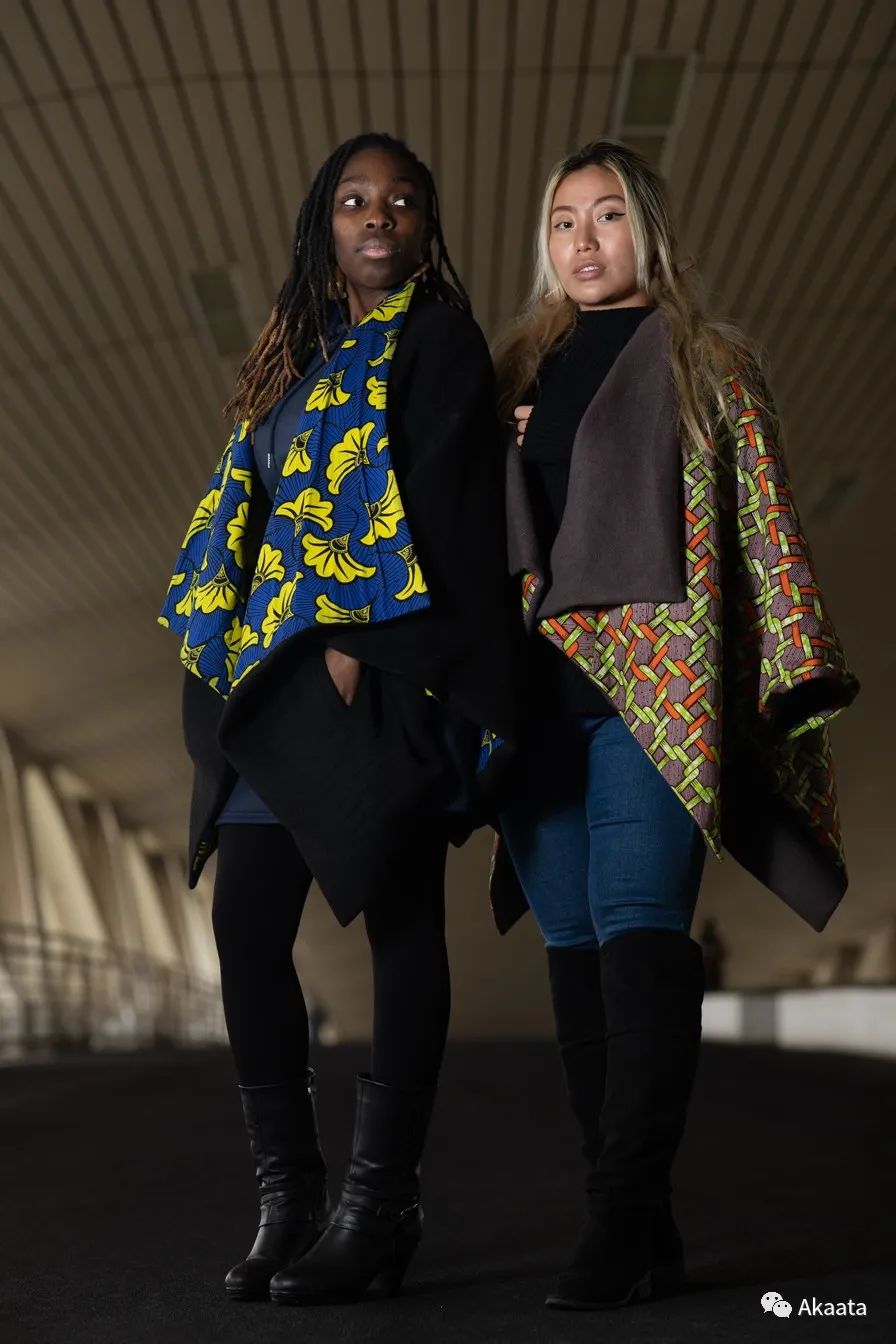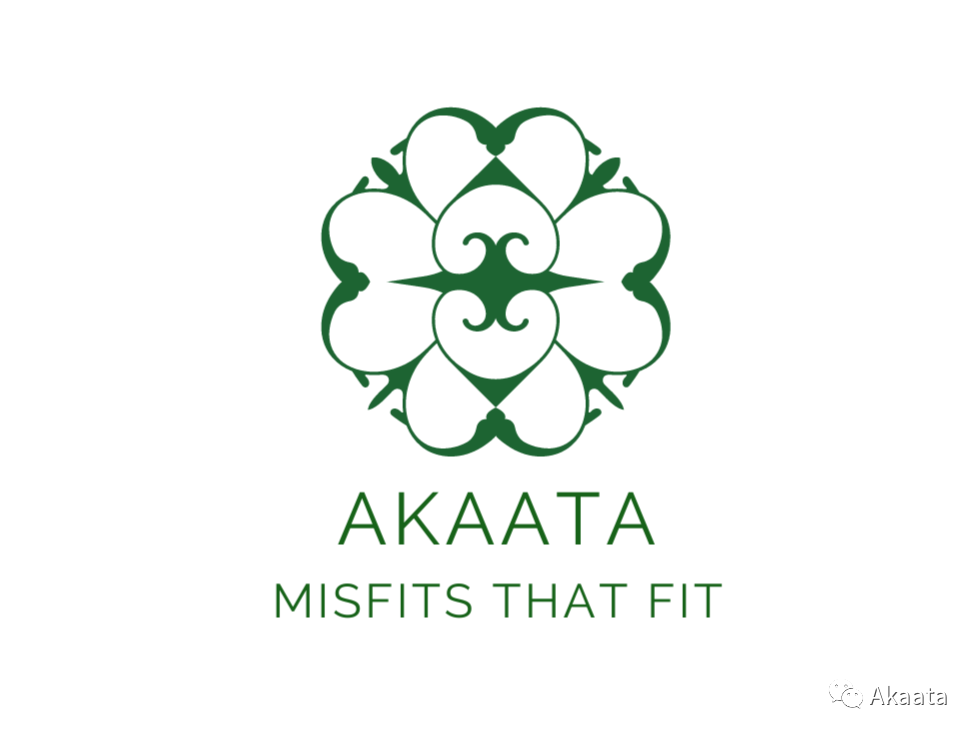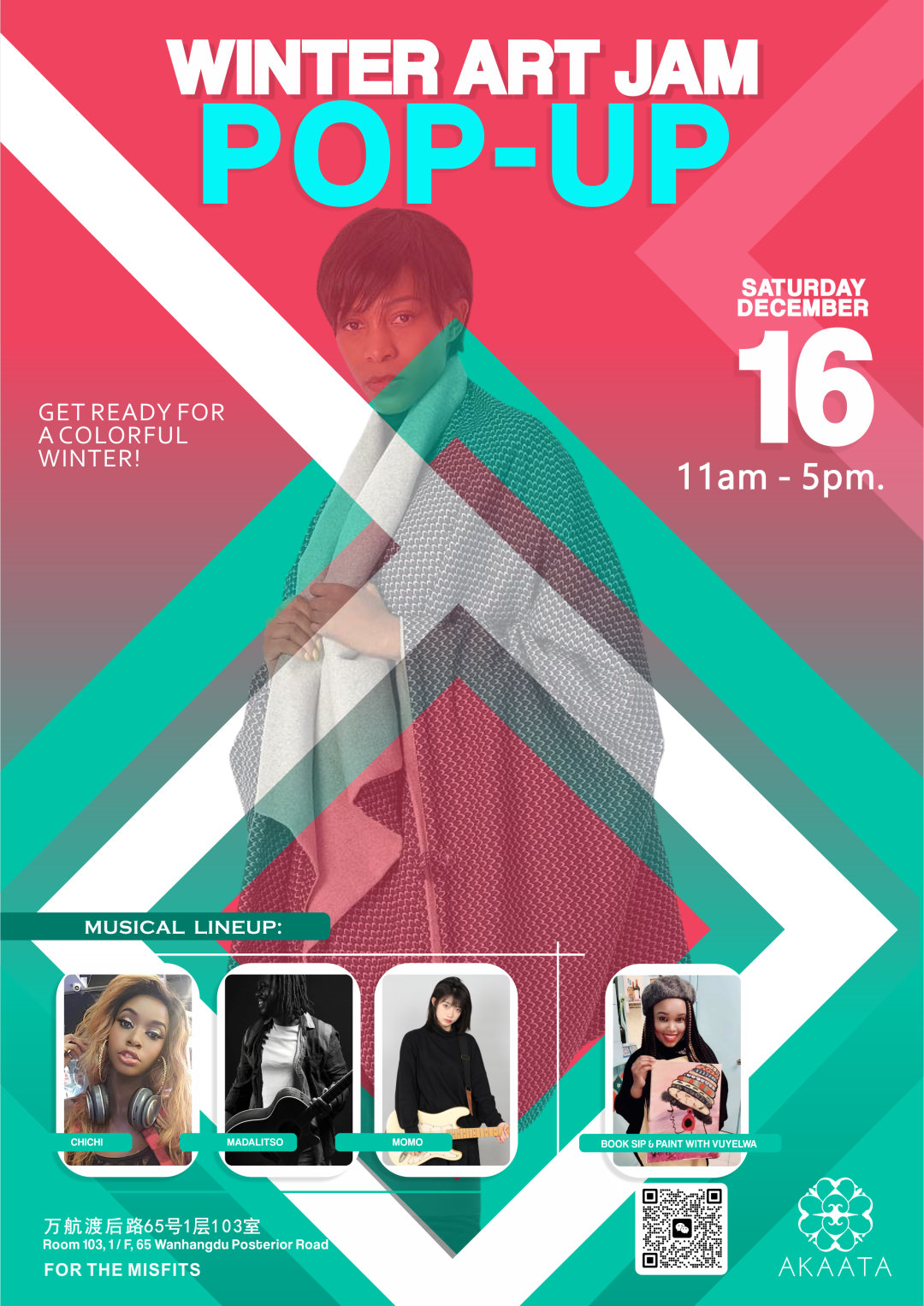Beneath every budding tree is the seed that formed its root structure. Blooming culturally immersive fashion brand, AKAATA, also has its seed-based origins and sowers, who have planted what we now experience as the inspirational forward-thinking AKAATA brand. What better way to delve into the origins of Akaata than to get into the heart and mind of its mother architect and founder Ms. Caroline Akosua?
Who is Caroline Akosua?
Caroline Akosua is a Ghanaian-American woman; she was raised in New York City (Queens) and manufactured in Tema, Ghana.
Could you tell us about your upbringing?
“I don't come from a lavish upbringing; I was raised by a single mom who did her best to ensure we had a good shot at life. I come from a very humble background. I was teased for having an African accent and for wearing funny clothes. For a long time, I was embarrassed and did everything I could to become ‘more American.’ By doing so, the West Africans in my neighborhood would call me ‘AKAATA,’ meaning I had no culture and belonged nowhere.
This made me feel like I didn’t fit in anywhere. After many years of trying to fit into the American way, I started embracing my Ghanaian roots and seeing the beauty in both sides of the coin I was dealt, my African-Americaness.
I then started fusing the two in how I dressed and let go of the identity crisis because I did have an identity! I then began to see myself as the best of both worlds.”

Where it all Began
Before Akaata became officially branded as Akaata, it used to be called Kay Akos - named directly after the founder Kay Akos (short for Caroline Akosua).The name was meant to represent the cultural dichotomy - Ghana & the U.S., that shaped Caroline.
Why did you change the name from Kay Akos to AKAATA?
“In simple terms, Akaata means outsider or Foreigner, a word with West African origins. West Africans used to refer to African Americans as 'Akatas.'
Because I grew up in the USA, people in our African expat neighborhood would call me Akaata simply because of how I spoke, carried myself, and dressed due to the cross-cultural nature of my influences.
I changed the name to AKAATA because I wanted to express and show what AKAATA meant to me and others like me. The word itself is a Yoruba word that means outsider. I feel that many of us are outsiders somehow, and we don’t fit into the ‘norm’ - whatever that may be.
I wanted to stand out and be comfortable being different. I also wanted to show that African Americans have a culture, one that is strong and very visible, while also educating others about African culture and other cultures.”

China's Role in the Evolution of AKAATA
How would you describe your move to China in 2014?
“I came here without expectations, preconceived notions, prejudices, or stereotypes. I was a blank canvas. I realized that in this land, I'd always be a foreigner, an outsider, and in many ways, I have always been a foreigner.
Moving to China taught me to embrace being an outsider and a misfit. After extensive research on the name AKAATA, I decided to name my brand AKAATA because that's what I wanted to represent through the clothes - a difference in culture and how we express ourselves.
I want my clothes to make people comfortable in their skin and celebrate their differences.
AKAATA - the word is controversial (initially intended to separate, not unify). I want to switch it up. Through my brand, AKAATA, being different is precisely what should bring us together, no matter where we are from or what cultures we identify with.”

AKAATA Design Inspiration
How did you get into garment creation/design?
“In high school, we had a friend's mom come to school to show us how to sew an elastic shirt and skirt, I’d seen my sister and my Aunt sew other elaborate clothes, but I had never learned.
I have always had an eye for patterns and style. Growing up in a household full of sewists, my mom's elder sister, Aunt Janet, was the ringleader in making her sisters join so she could meet the demand for garment orders.
My elder sister later became a seamstress herself. I watched as she created beautiful pieces for her clients. I wanted to create stories and bridge gaps with my clothes. I had an eye for it, and although I didn't learn how to sew the most luxurious items, I was taught the basics, but I wanted to be able to create things.
I started by just adding patterns to completed items. I went on to design my prom dress and decided that I wanted to pursue my studies in fashion design, but my parents preferred that I get a degree in a field that would get me a job - so I have a Finance Degree. Coming to China allowed me to revisit my original dream.”
What informs or inspires the AKAATA collections?
“The desire to contribute to Black culture and educate the places I find myself about West African culture.
In creating designs for AKAATA, initially, my goal was to show my West African neighbors and family members that African Americans had just as much culture as anyone else.
African American culture was self-engineered by the immense pain and struggle it took to adapt to a world where you are considered a foreigner but must turn into a home.
The clothes I create are a symbolic bridge between these two cultures I belong to and identify with. I wanted to be proud of being different, and I wanted other people who felt different, like outcasts, and ashamed of their differences, not to feel embarrassed anymore because there's no shame in being different. To be inspired to embrace their differences and wear clothing that can give them that extra confidence and boost to be proudly different.”
The Future of AKAATA

What's next for Akaata?
“I see AKAATA soaring to new heights and making beautiful patterns in the skies it graces.
I want to bring some history into future designs. Incorporate the unique and playful things our parents did, some of which we did growing up.
I’m hoping AKAATA gets to travel to new parts of the world and bring AKAATA TO THE WORLD!!”
CHECK OUT OUR MINI PROGRAM

FOLLOW US ON SOCIAL MEDIA






2 Comments
Jonathon Andrew
ReplyYesss! Awesome...
Welcome.
Leave Your Comment